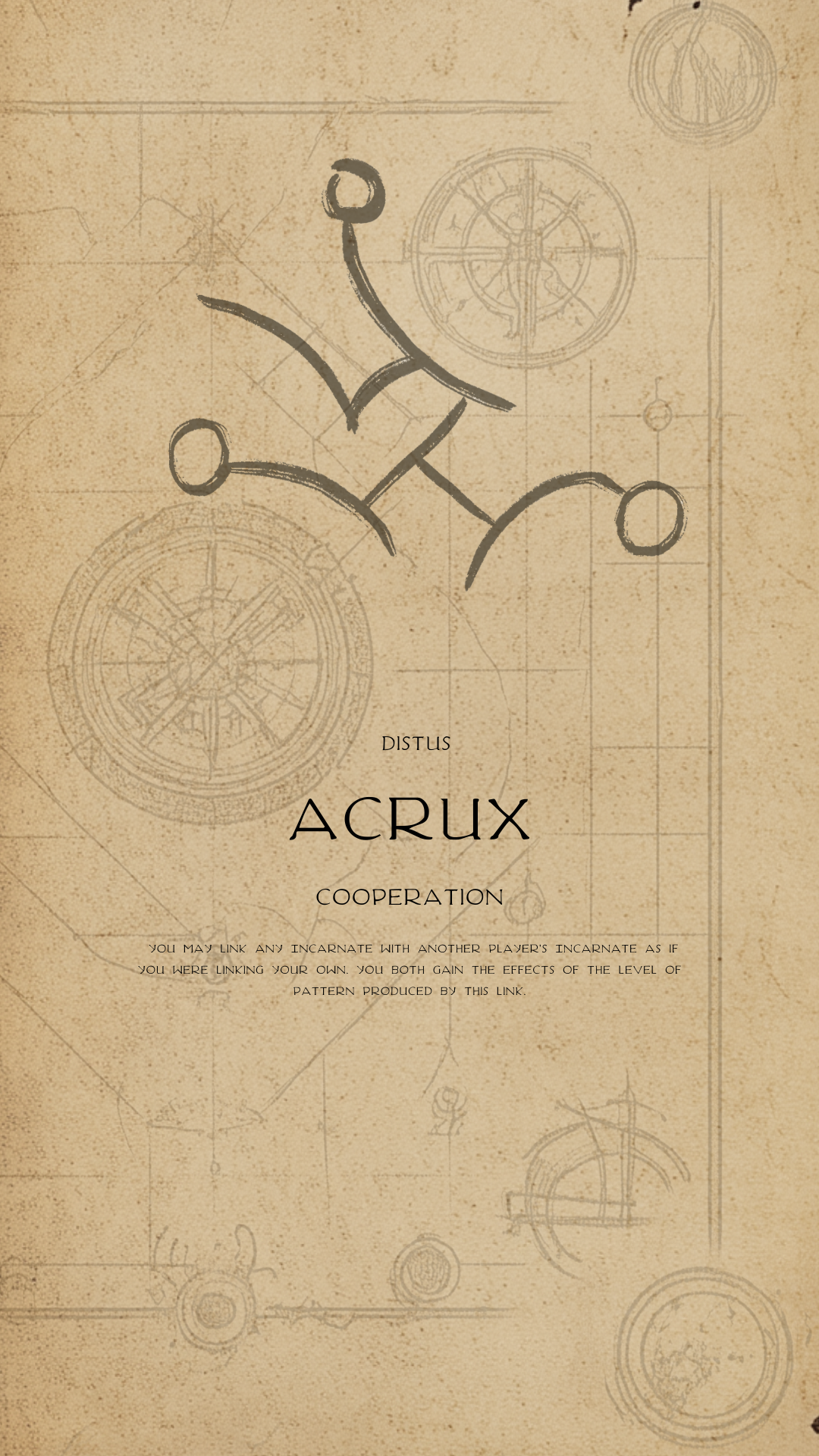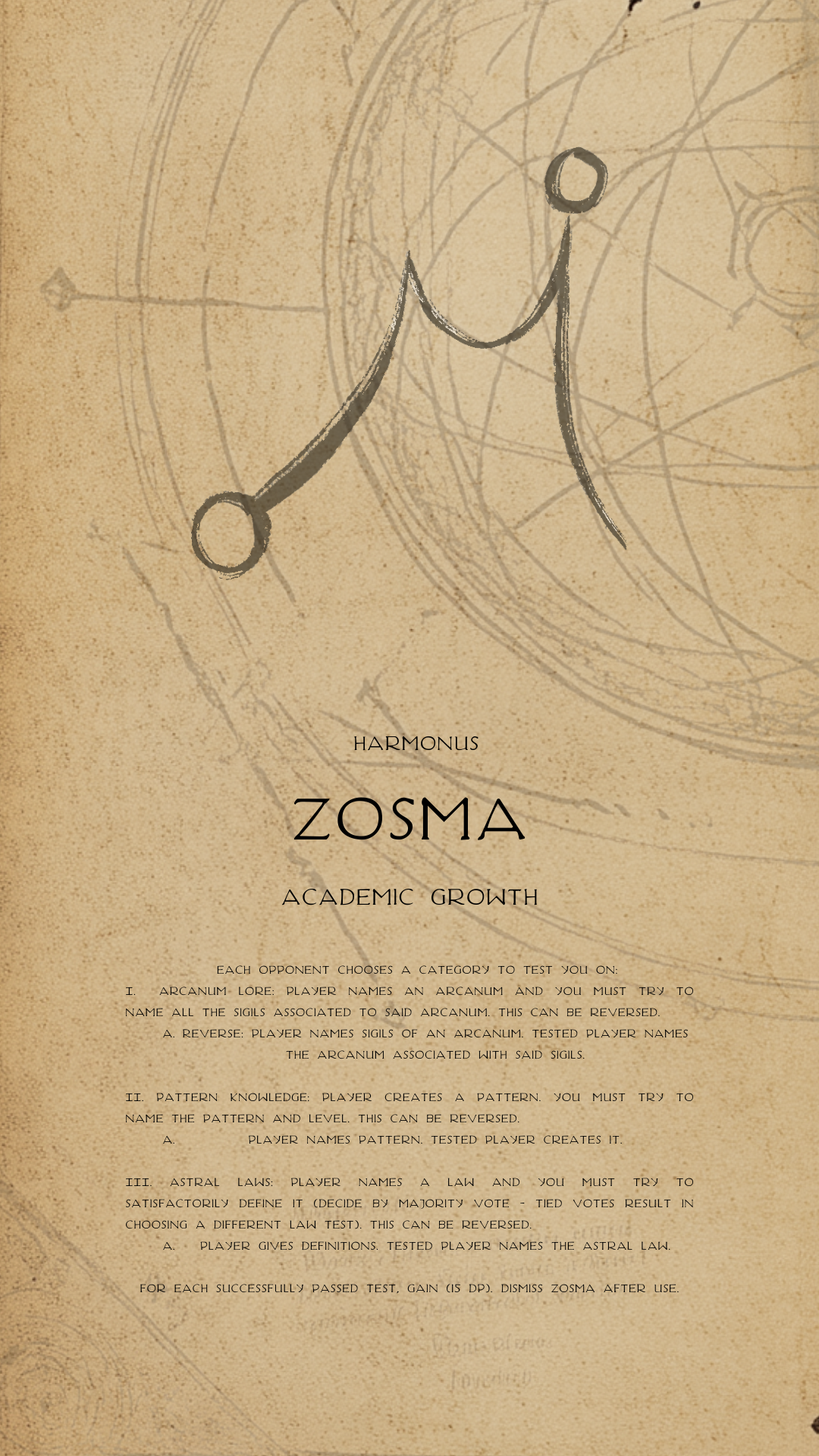elementus
Welcome to Elementus - A game that combines card play and board movement strategy to ascend your Mortal to the Realm of Divinity. Using Sigils, Incarnates, and Arcanum in various Astral Pattern configurations is the key to winning this epic journey.
Incarnates + arcanum
A sneak peak into the cards for Elementus
Card Showcase
December 13th, 2024
Playtesting
Venue
Bend, Oregon
December 10, 2024
On December 10th, 2024, we hosted a three-player test session of Elementus that focused on both art direction and mechanical refinements. The team had a productive discussion about the game’s visual elements, ultimately settling on a simple yet dramatic design style that highlights the game’s elemental themes without overwhelming the player’s eye. This approach will ensure that the core gameplay remains front and center, with the art complementing the experience rather than distracting from it.
We spent a good portion of the session reviewing the Moon celestial pattern, which has unique rules for capturing Incarnates and their attachments. According to the current design, once an element is chosen, all Incarnates of that element—both existing and newly introduced—are drawn into the Moon’s influence. While inside the Moon, Incarnates continue to operate under their owners’ control, can still manage patterns, and may even link to each other, but they do not produce Divinity Points and cannot affect Mortals or rings in any way. Escaping the Moon involves rolling elemental dice at the start of a captured player’s turn, with successful rolls gradually freeing the Incarnates and dismissing the Moon pattern once all Sigils are flipped.
Lastly, we discussed the board design and how to achieve the best balance between aesthetic appeal and cost-effective production. A 3D-printed prototype of the board is currently in the works, which we’ll use in future sessions to test its durability, ease of set-up, and overall feel. We’re excited to see how these refinements shape the player experience and look forward to sharing more updates as we continue to refine Elementus on the path to its 2025 release.
playtesting
playtesting
Venue
Bend, Oregon
June 2025
Venue
Bend, Oregon
May 2025
Mortal Gravitation Phase Rule Update (optional):
In May 2025, we hosted a 2-player game mechanics session several times to work out the complexity of Mortal movement on the Astral Rings. We decided that simpler was better with strong visual cues supporting the movement process. So, rather than analyzing the patterns and their relationship to the Astral Rings, we chose the Sanctum cards to represent the number of spaces a Mortal could move. And, based on the color of the sanctum cards, which direction laterally the Mortal could move.
New Ruling on Gravitation:
On the Origis ring, the Mortal may gravitate one space, left or right, per turn without an Incarnate being energized. For other rings:
1) Realm of Light Gravitation Move your Mortal the number of spaces equal to the color cards in Sanctum. Note you can only choose one color to gravitate per turn. Mortal may gravitate to any Ring ESOI. If they touch their opposite, they drop down a ring.
2) Realm of Shadow Gravitation Move your Mortal the number of spaces equal to the color cards in Sanctum. Alternatively, you may choose a different Mortal to gravitate other than your own at 1/2 rounded down the color cards in your Sanctum in either the Light or Shadow Realms. Mortal may gravitate to any Ring ESOI. Gravitation that would pull a Mortal into an opposing ESOI than that of its own elemental affinity, causes the Mortal to drop down a Ring in the direction of the Origin Ring. This movement continues until the Mortal is on a non-opposing Ring. This ends the Gravitation of that Mortal. If moving in this way ends in an opposing ESOI on the Origin Ring, then player may move Mortal in a lateral direction on the Origis Ring to the closest non-opposing ESOI space. Mortals cannot move lower than the Origis Ring.
The Realm of Light and Shadow was a fun mechanic to introduce as it empowers the Mortal to manipulate other Mortals when in the Realm of Shadow.
Reevaluated the staggering of the starting rings to make for the encouragement of gravitation early in the game and jumping to make Harmonus Astral connection quickly.,
Governed back the incarnate pattern connections and rapid accumulation to ease the learning curve, so that players are now limited to one incarnate per astral journey, cumulative up to a maximum of four. They are also limited to only one pattern per astral connection on Primus groups until at least the second astral journey where they gain access to another…this accumulates at a rate of one per journey to a maximum of 4 in the Harmonus connection.,
Patterns now have to be one color, but can be Primus sister or allied to the incarnate to make it more intuitive on playing clusters to sanctum and then to patterns.,
Constalus wildcard can be played now by themselves to sanctum and can add any color to any pattern. They can also change color once per round in Sanctum or right before played to pattern.,
Astral connections have been reworked to be more in line with traditional tarot pattern affinity and secondary affinities.,
These changes simplify the game to a more intuitive aesthetic, and in doing so create more fun!
Introducing the Book of Sigils, a compact companion guide included with Elementus that delves into the hidden powers of each Sigil when placed within an Arcane Circle. Inside its pages, you’ll discover how aligning certain Sigils can conjure unexpected effects—turning an ordinary turn into an awe-inspiring cosmic shift. More than just a rule reference, the Book of Sigils brims with lore, drawing on ancient celestial themes to illuminate the strategic potential of each card. Whether you’re building your first Arcane Circle or perfecting a seasoned tactic, this little tome ensures that every Sigil’s power is only a page turn away.









